Ai Weiwei’s Harrowing Film on the Refugee Crisis Is a Must-See
The artist-turned-filmmaker has broken a number of barriers by focusing on the humanity of tens of millions of people forgotten by Europe and America.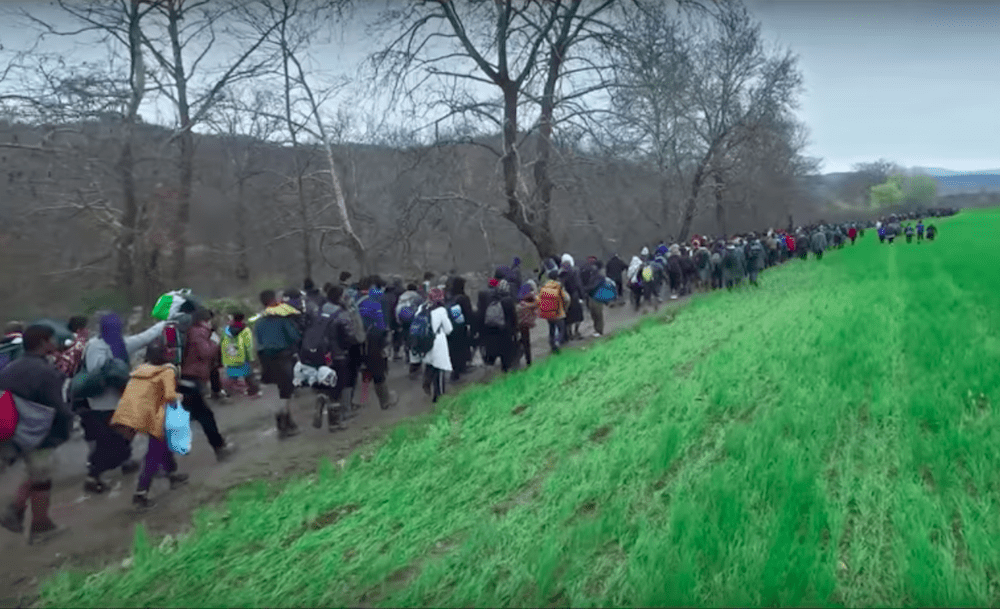 A still from Ai Weiwei's new documentary, "Human Flow." (Screen shot via YouTube)
A still from Ai Weiwei's new documentary, "Human Flow." (Screen shot via YouTube)
Once called the “contemporary art world’s most powerful player,” Chinese dissident Ai Weiwei has turned his focus onto the most urgent humanitarian issue of our time: the global refugee crisis. In a new documentary called “Human Flow,” the artist—who has made political statements the core of his art—explores how war, violence and climate change have made refugees of 65 million people.
Ai, who traveled with his camera crew to 23 countries over the course of a year, captured intimate moments of desperation that have driven refugees from Syria, Afghanistan, Iraq, Eritrea, Palestine, Myanmar and elsewhere, risking their lives to escape violence. The film is sweeping and vast, with drone-camera shots utilizing aerial views to showcase the extent of the crisis, combined with intimate iPhone footage taken by Ai.
“Human Flow” is essential viewing for Americans, whose government has not only had a hand in creating many of the crises that drive migration, but is also actively closing the door to refugees. “The U.S. does have a responsibility,” Ai told me in an interview about his film. “Very often people in the United States think that something happening in different continents doesn’t really affect the U.S.” But, he says, “Look at U.S. policy and what’s happening today: the travel ban, or the building of this ‘beautiful’ fence or wall between the U.S. and Mexico. It all shows that the leadership has a very, very questionable position in dealing with migration and refugees.”
Indeed, President Donald Trump—with the help of the Supreme Court—has kept in place a de facto blanket ban on refugees entering the country. It is perhaps easy for most Americans, who live so far from where this misery is unfolding, to ignore the global refugee crisis, especially given the near-daily assaults on the Constitution and good sense emanating from the White House these days.
But by embedding himself for months in the flow of refugee life while making his film, Ai developed an understanding of what it is like to flee violence and danger. Through “Human Flow,” he takes viewers into intimate spaces: the heart-rending decisions as families weigh whether to stay or leave, the pain they feel from losing their loved ones in the choppy seas of the Mediterranean, and the frustration and rage that emerges from being blocked from reaching their destinations by barbed wire and armed police.
One moment in “Human Flow” is seared in my memory—a moment no Hollywood studio could reproduce. Two young brothers are sitting on the muddy ground outside their meager tent in the semi-darkness of a refugee camp. One is crying, promising to follow his brother anywhere, no matter what. Ai added context to that remarkable scene, which he and his crew witnessed. “They had no idea where they would be accepted,” he told me. “They had been refused. They had been stopped at the border and had spent all their money on the dangerous journey to come to a place which will block them and maybe send them back.”
In another harrowing scene, an Afghan woman agrees to speak with Ai, but only if her face is not on screen. She sits with her back to the camera and begins answering questions about her family’s torturous journey from Afghanistan. Minutes later, she loses control and throws up.
One middle-aged man takes the film crew to a makeshift graveyard, where multiple members of his family were buried after they drowned while trying to flee. He breaks down in tears as he sifts through the identity cards of the dead—all he has left of his kin.
At a time when Europe and the U.S. are rewriting their rules for entry in direct response to the massive demand by people looking for safe haven, Ai’s film puts faces to the numbers. “You see people really feel betrayed,” Ai says. “They think [of] Europe as a land that protects basic humanity.” The cruelty of European anti-refugee policies emerges as a central theme, as Ai explores the abandonment of lofty ideals of humanity on a continent that promised never again to turn away refugees after World War II (ironically, tens of thousands of European refugees fled the violence of World War II and found refuge in camps in the Middle East, including in Syria). It was, perhaps, easy to make pronouncements like “Never Again” in hindsight, but when the opportunity arises to prevent another human disaster, all the familiar political reasons re-emerge, like zombies from the grave.
Not content to showcase the fleeing refugees from Afghanistan, Syria, Iraq and Eritrea, the film also includes the stories of refugees who are less popular in mainstream media: Palestinians displaced from their homes and languishing under Israeli siege in Gaza, Rohingya Muslims fleeing Buddhist Myanmar’s persecution, climate refugees from various African countries, and even Latin American migrants desperate to enter the United States.
Bizarrely, it is the story of a wild animal that best expresses Europe and America’s abandonment of humans. A tiger, having entered Gaza through an underground tunnel, is housed and fed by a local organization. “Human Flow” shows the extraordinary lengths to which local, regional and state authorities cooperate with one another to ensure the safe passage and relocation of the tiger—a privilege not afforded to the refugees stranded on the same lands. Unlike the “flow” of humans seen throughout the film, Palestinians living in Gaza are “stuck,” according to Ai. “It’s like jail for millions of people living in such unbelievable conditions,” he says of the unending Israeli siege of Gaza.
The artist-turned-filmmaker has broken a number of barriers in his film by focusing on the humanity of tens of millions of people that the world would rather forget about. But he has also broken some rules of filmmaking. There are few talking heads in the film and little discussion of politics and policy. News headlines from media outlets scroll along the bottom of the screen, filling in the blanks in terse text. And really, do we need any more films about the well-documented causes of human suffering in the global refugee crisis?
What Ai’s film offers is what is missing most from our discussions of the refugee crisis: the fact that those who are fleeing are real people who bleed when they are injured, who cry when they are hurt, among whom are innocent children and tired elders, who are all being abandoned in a moment we will collectively look back on in shame.
“Human Flow” opens in theaters nationwide in October. Learn more online at www.humanflow.com.
Your support matters…Independent journalism is under threat and overshadowed by heavily funded mainstream media.
You can help level the playing field. Become a member.
Your tax-deductible contribution keeps us digging beneath the headlines to give you thought-provoking, investigative reporting and analysis that unearths what's really happening- without compromise.
Give today to support our courageous, independent journalists.
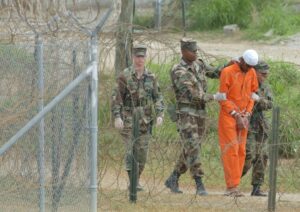
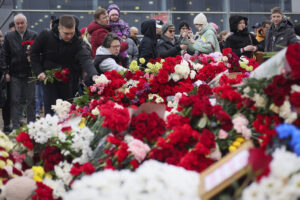
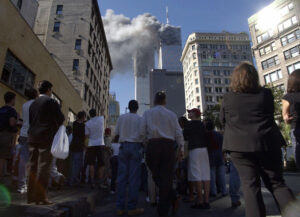
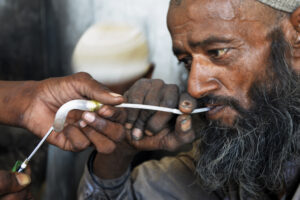
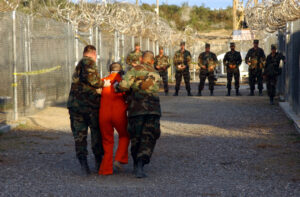
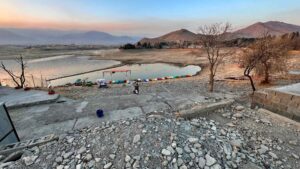
You need to be a supporter to comment.
There are currently no responses to this article.
Be the first to respond.